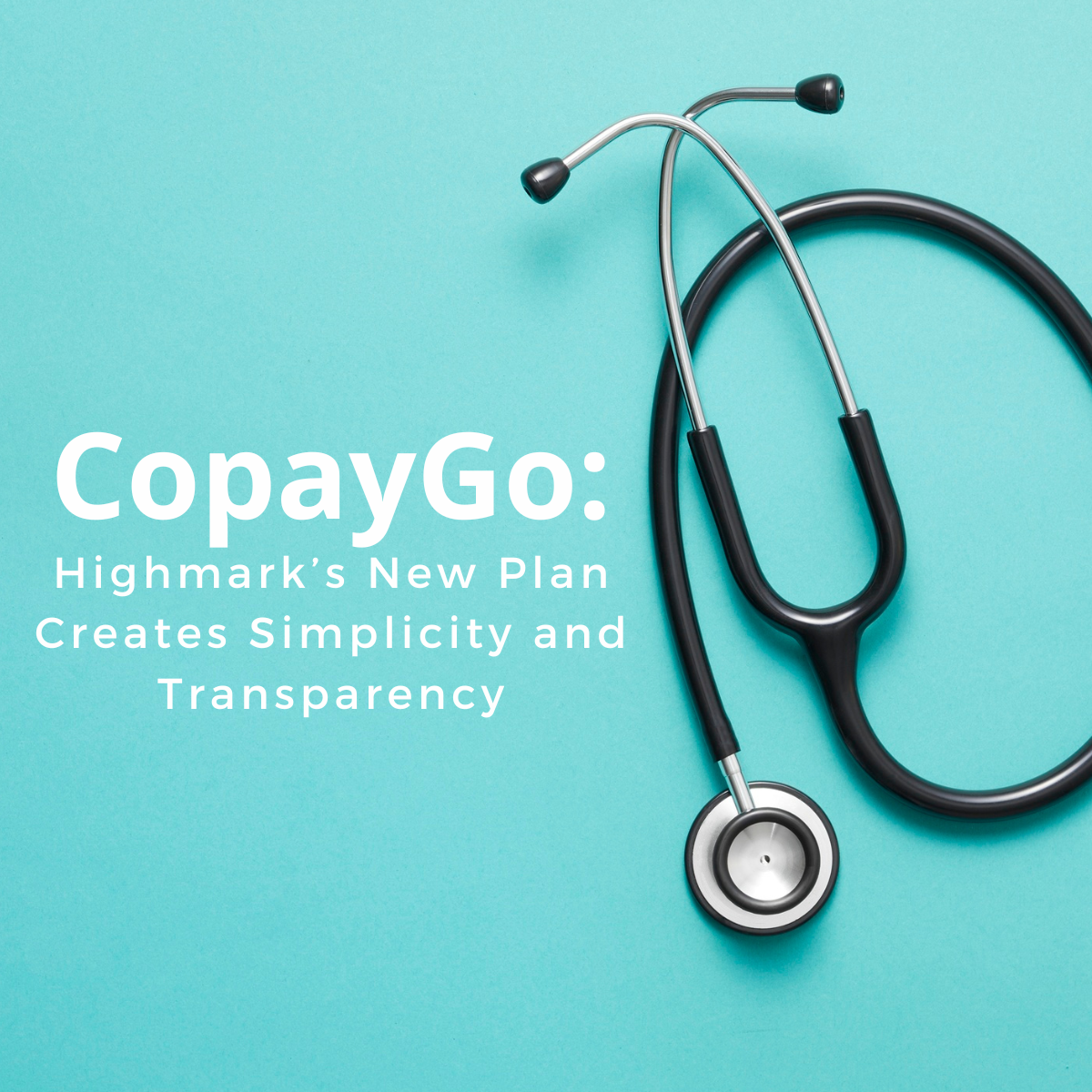Highmark Bets on Transparency and Simplicity With New CopayGo Plan
Jonathan Kersting
 Highmark is preparing to roll out a new health plan designed to give employers and their employees something they’ve been craving for years: clear, predictable costs and a simpler way to navigate care. CopayGo, which launches January 1, 2026, is billed as a “copay-only” plan built around three pillars — a simplified benefit design, national network with tiered specialties, and an enhanced digital experience.
Highmark is preparing to roll out a new health plan designed to give employers and their employees something they’ve been craving for years: clear, predictable costs and a simpler way to navigate care. CopayGo, which launches January 1, 2026, is billed as a “copay-only” plan built around three pillars — a simplified benefit design, national network with tiered specialties, and an enhanced digital experience.
Jonathan Majernik, Vice President of National Accounts at Highmark, has spent 24 years helping large employers manage claims trends and risk. He says the current landscape of rising medical costs is “just unsustainable” and requires new thinking. “I just saw a recent McKinsey study projecting nine to ten percent annual commercial cost growth through 2026,” he said. “As I’m meeting with my national account customers, I’m seeing medical year-over-year trends in the low to mid-teens. It’s unsustainable and our employers need help.”
Majernik calls CopayGo “bold, innovative and exciting” because it directly addresses that need. “It is based in simplicity and in the benefit design,” he explained. “It allows for a level of predictability and a level of confidence for our members to have in cost for procedures and their cost share. It taps into real-time transparency and data that we’ve really never had and ultimately is wrapped around a really cool, sophisticated member digital experience.”
Taylor Mackay, a Strategy Partner at Highmark who focuses on commercial product strategy, said CopayGo emerged from research on health literacy and plan design complexity. “What we’ve done, through a variety of different research, is identified some of those complex elements associated with benefit design — namely deductibles and co-insurance,” he said. “In order to better empower members, we have removed those. We’ve eliminated them. So members will have first dollar coverage and improved transparency through that copay-only design.”
Mackay likens CopayGo to a three-legged stool: benefit design, network, and digital tools. The network piece departs from the “narrow” networks common in other plans. CopayGo will use a national provider network but tier 20 high-impact specialties — including primary care — to help members identify high-value care options. “Those providers sit at a very pivotal point in the member journey,” Mackay said. “They’re not only impacting the care that’s delivered in their office, but they’re going to be impacting all that care that’s being delivered downstream. That actually accounts for about 60 percent of medical spend.”
My Highmark will be the venue for the revamped digital experience available to CopayGo members. Enhancements include an upgraded provider search, cost-comparison tools, and chatbot, in addition to a unique digital onboarding experience. To put things in a familiar perspective, Mackay noted: “We’re all familiar with the Amazon experience---you’re able to quickly perform a search, compare costs, and gauge value. This builds confidence before moving forward with a purchase and it’s this confidence we’re looking to build through the enhanced My Highmark experience.”
Majernik calls CopayGo “bold, innovative and exciting” because it directly addresses that need. “It is based in simplicity and in the benefit design,”
Majernik believes CopayGo can finally deliver on the original promise of consumer-driven healthcare. “Going back to January 1, 2004, it was the first year a qualified high-deductible health plan was ever launched,” he said. “The original concept was that higher deductibles would encourage members to seek value. Twenty years later, that never necessarily came to fruition. The power of CopayGo … it accomplishes a lot of what the intent of qualified HDHP plans were 20-plus years ago.”
Highmark even piloted CopayGo internally in 2025, shifting its own employees to the new design to “work out some of those kinks” before the public rollout. Majernik sees potential benefits for providers as well as members and employers. He said CopayGo’s national tiering will support all providers in improving. “We want everyone to rise together,” he said. “If a physician is in that standard tier and wants to get to that enhanced tier, we’re going to have that ladder. We’re going to be able to support them in how to improve in those metrics … and that just makes the whole healthcare system better as a result.”
With CopayGo, Highmark is betting that a simpler, more transparent health plan can do what two decades of high-deductible plans couldn’t: turn members into confident healthcare consumers while helping employers rein in costs. As Mackay put it, the goal is “transparency … it’s important in every industry, but in healthcare it’s critical.”